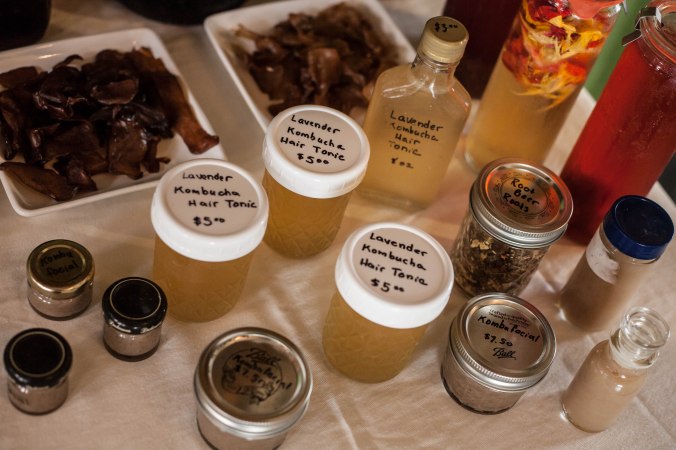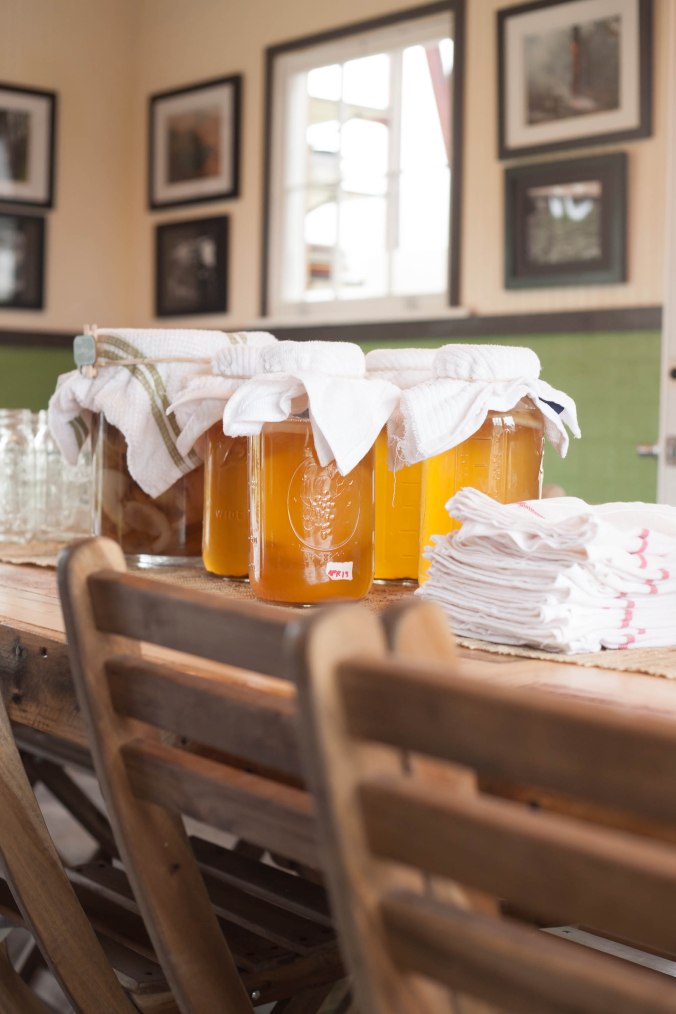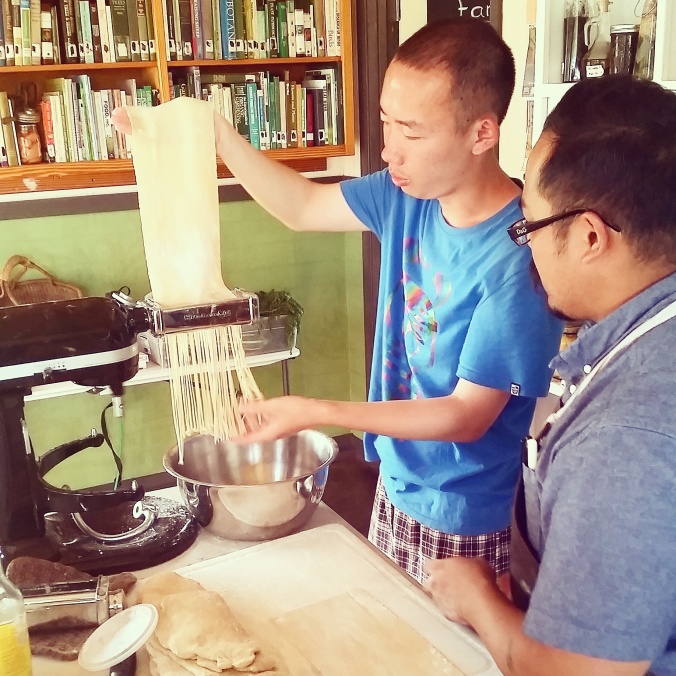Dear Thanksgivingers,
I actually buy extra turkey in advance, just so I can have more “leftovers” to make this. I was filling deviled eggs and whipping meringue for Thanksgiving dinner, and the wraps I would need for both of these recipes were already sitting on the pantry shelf, waiting for Their Day.
Oh, these are good, very, very good. They drip juice, they crunch, they fill you up, and everybody wants more! For the Moo Shoo wraps, you can use cabbage or bok choy, whichever you have – both are available on our farm during this season, so I toss in a miscellaneous mixture of the two.
A big wok is best for making this, but you can also make it in a regular pan if you wish! If you are a vegetarian and you use something other than the usual turkey as your main, I’d be curious to know if you can throw a meatless twist on this! If you do, hook us up with a recipe link in the comments (I’m looking at you, Mysterious Mrs. S!).
I originally shared this recipe back in 2011 on the old blogstead; I’d already been making it for several years by this time, and we still love it today. Love it so much, in fact, that it gets gobbled up (like that pun?) before I ever get any pictures – I’ll snap some this round, and add them to the post for you photophiles. And for your photo files.

Photo Credit: The Kitchn
Note: This is the oil we use and which I recommend to anyone looking for coconut oil – ethically sourced, traditionally prepared, and organic, the expeller-pressed oil has no coconut flavor or aroma and I use it for everything from frying chicken to scrambling eggs to pouring into my smoothies!
Moo Shoo Turkey Wraps
Download the Moo Shoo Turkey Wrap & Turkey Burrito Recipes
Obviously, there is lots of wiggle room in this recipe. Add some toasted sesame seeds if you like; I love to serve these with homemade (or storebought) sweet plum sauce! To really go with the Asian theme or to avoid extra gluten you could use rice wraps, like spring roll wrappers, instead of tortillas. If you like, you could use a bagged shredded coleslaw mix instead of a cabbage.
1 tablespoon olive oil, coconut oil or rice brain oil
1 additional teaspoon olive oil, or any of the above options
10 – 16 ounces sliced mushrooms
4 green onions, sliced
1 small knob peeled, grated ginger
1/4 teaspoon crushed red pepper flakes
3 cloves garlic, crushed
16 – 20 ounces shredded fresh cabbage or bok choy (one small cabbage, or less than half large cabbage)
1/3 cup water
2 cups shredded leftover cooked turkey (you could use chicken or pork, if you preferred)
3 tablespoons soy sauce
3 tablespoons (plus extra for serving) hoisin sauce (sometimes I use home-canned plum sauce instead)
8 tortillas, warmed
In a skillet or wok, heat one tablespoon oil on medium-high until hot. Add mushrooms and saute 6 minutes, or until tender and lightly browned. Remove to a plate.
In the skillet, heat one teaspoon olive oil on medium-high. Stir in green onions (reserve a small portion if you want to sprinkle some fresh on the wraps), ginger, crushed red pepper, and garlic. Add shredded cabbage and cook 2 minutes or until cabbage begins to soften, stirring constantly. Add water and cook 1 to 2 minutes or until water evaporates. Cabbage should be tender-crisp, not mushy; stir frequently. Stir in turkey, soy sauce, 3 tablespoons hoisin sauce, and cooked mushrooms; cook an additional 3 minutes or until turkey is hot, stirring constantly.
Spread tortillas with hoisin sauce; top with turkey filling, extra green onions if you like, roll up and enjoy! These are very juicy. These are very delicious. These are amazing.
Is it okay if I post two turkey recipes? Because this one is so insanely, crazy good that I can’t leave it out. I know you’ll go nuts for this one, too, because my entire family did!
Turkey and Bean Burrito
Download the Moo Shoo Turkey Wrap & Turkey Burrito Recipes
If you so desire, drizzle into your burritos a little Louisiana Hot Sauce, some homemade spicy ketchup, or some enchilada sauce! We crazy love this recipe, and you can sneak a little gravy in there if you like, too … See the original post from 2011 here.
1 tablespoon olive oil or any of the above options
1 yellow onion, sliced thinly
2 cloves garlic, crushed
1 tablespoon ground cumin
1 teaspoon chile powder
1 pint diced tomatoes or you can purchase a can of tomatoes with diced chiles in it, such as Rotel tomatoes, and ignore the next ingredient
1 – 2 tablespoons chopped chiles or pickled jalapenos
2 tablespoons lime juice or the juice from one small lime
4 cups shredded cooked turkey (or chicken, or pork, or julienned tofu!)
1 pint pinto beans, fresh-cooked or canned, rinsed
6 tortillas, warmed
8 ounces shredded Monterey, pepper Jack, or cheddar cheese
2 cups shredded green cabbage or bok choy (one small cabbage, or less than half large cabbage)
Heat oil in a large skillet over medium heat. Add onion and saute, stirring, until softened, about 2 minutes. Stir in garlic, cumin and chile powder and cook for 30 seconds or until the spices release a fragrant scent. Add tomatoes and lime juice; bring to a boil. Reduce heat to a simmer and cook until onions are very tender, about 20 minutes. Stir in turkey and cooked beans and continue cooking until the mixture is heated through, approximately five minutes. Fill tortillas with the turkey and bean mixture; top with cheese and shredded cabbage, roll, and enjoy!
What do you do with your leftover turkey? Please tell me – I love turkey, I love it all manner of delicious ways!!
Don’t forget to Download the Moo Shoo Turkey Wrap & Turkey Burrito Recipes for your recipe files!
Gobbling,
Mrs H
Our turkeys are on Facebook
Instagram is clearly for the birds!



























































